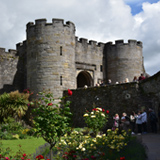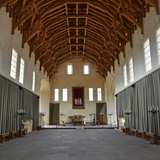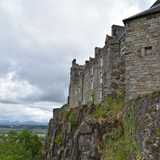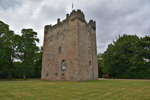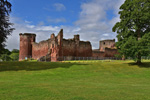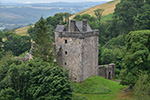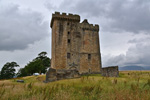History
Stirling Castle resides atop volcanic outcrop above the River Forth, which protects principal north-south and east-west routes through Scotland. The first record of it dates back to 1110 when King Alexander I dedicated a new chapel at the location. He later died at the castle in 1124. Half a century later, in 1174, the castle was surrendered to Henry II of England along with five other castles to secure the release of King William the Lion, who was captured at the Battle of Alnwick. In 1189, King Richard I returned the castle to King William, who would die therein 25 years later.
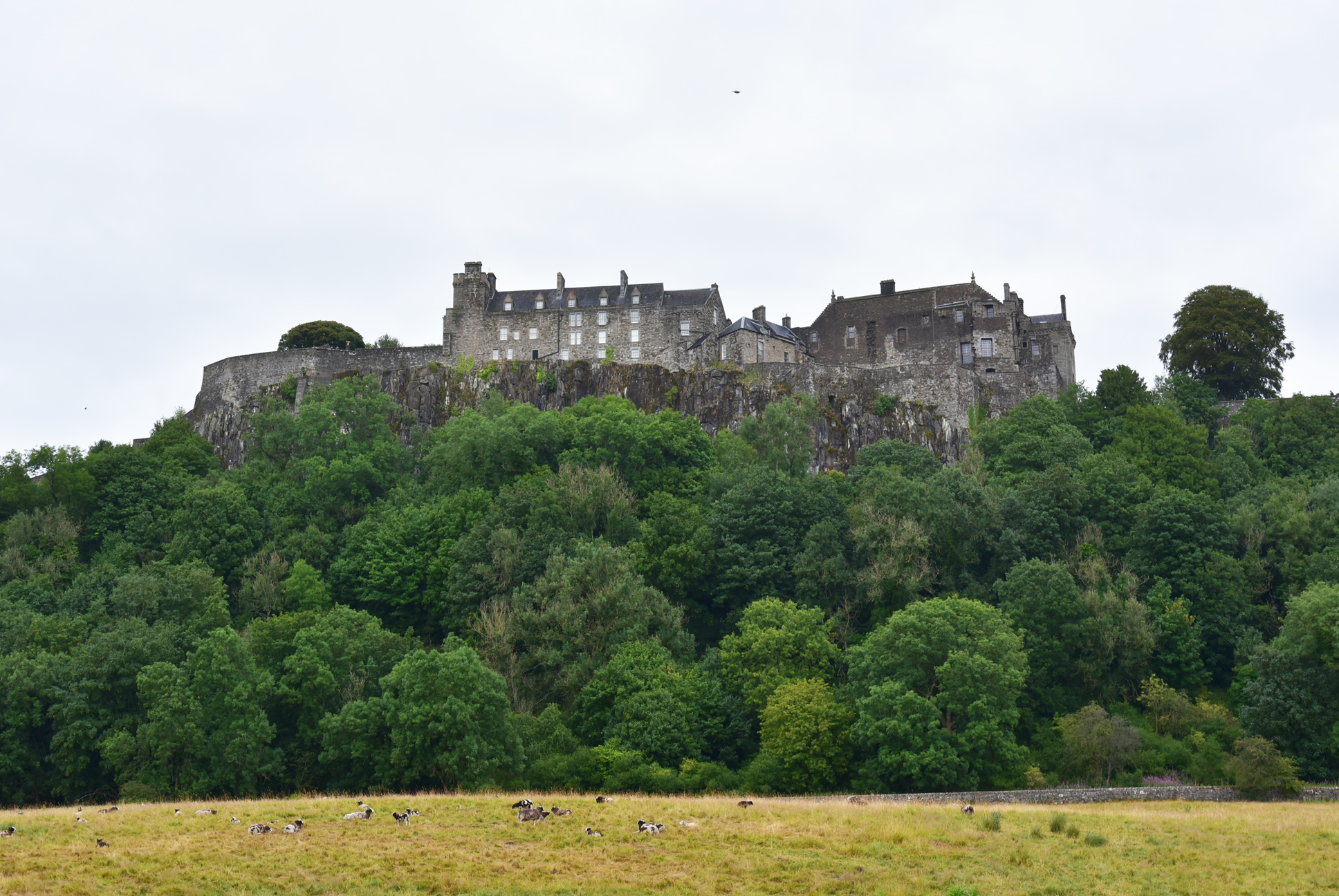
In 1291, Edward I of England took custody of Stirling Castle and all other royal castles in Scotland while he determined the rightful King of Scotland. For the next 50 years, the castle was central to the struggle for Scottish independence and occupation by rival claimants to the throne.
On September 11th, 1297, the army of William Wallace and Andrew Moray overthrew the English at the famous Battle of Stirling Bridge and took possession of it for a time. However, their ownership was short-lived, as the English regained control of the castle the following year after the English victory at the Battle of Falkirk.
Stirling Castle has been sieged at least eight times. The most notable siege occurred in 1304, when it was the only one left to the Scottish patriots. Edward I successfully attacked the fortification using fire-throwing equipment and at least 17 siege engines, including a siege machine known as the "Warwolf," believed to be the largest trebuchet ever created. Upon seeing this force assembling outside the castle, the castle was surrendered to the English. Still, Edward ordered the Scottish garrison to stay within the castle because he wanted to use the Warwolf. He then destroyed the castle's gatehouse using the Warwolf and accepted the surrender.
By 1313, Stirling Castle remained one of only four castles still under English control. Edward Bruce, Robert the Bruce's brother, laid siege to the structure held by Sir Philip Mowbray, who contemplated surrendering the castle to Scotland if assistance was not forthcoming. In June 1314, Edward II and his English army traveled north to Stirling to save the castle from Scottish rule. Robert the Bruce's forces met the English at the Battle of Bannockburn, within sight of castle walls. The Scottish army routed the English as Edward II attempted refuge within the castle. However, it became necessary for English inhabitants to flee after Mowbray surrendered the castle. Robert then ordered the castle to be partially destroyed to ensure it could no longer be utilized for defensive purposes.
Turmoil in Scotland persisted long after Bruce's reign, requiring strategic use of the castle again. Under the rule of early Stewart Kings, Robert II and Robert III, Stirling Castle was rebuilt to include the oldest parts of it that survive today from the 1380s. In addition, the present-day North Gate is built on the same 14th century foundation. Once again, more turbulent activity occurred at the castle when James II murdered William, the 8th Earl of Douglas, and had his mutilated body ejected from a castle window in 1452. The 15th century also brought a new construction period at the castle, including the Great Hall, Forework across the main approach, and royal courtyard, currently known as the Inner Close.
In the 16th century, Stirling Castle served as the location for the coronation of Mary Queen of Scots, her escape from death by fire in 1561, and the baptism of her son, James VI, in 1566, who would later become King of England and Scotland. In 1603, he moved south to accept the English crown. Stirling Castle's role as a royal residence waned following James' departure.
The last siege occurred in 1746 when Charles Edward Stuart, better known as Bonnie Prince Charlie, unsuccessfully tried to take the castle.
Over the years, several attempts were made to enhance the castle and prevent it from being "mightily out of repair." The castle was also used as a military barracks until 1964.
Castle Highlights
Stirling Castle can be seen for miles and provides a picturesque view of the surrounding valley, the battlefield of Bannockburn, and the William Wallace Monument on a nearby hilltop. Walking around the north and east sides of the castle affords magnificent views of surrounding areas, as well as the Grand Battery of Cannon.
After walking past the castle's outer defenses and up a short ramp, you will come to the Forework with its flanking crenelated drum towers on each side of the gatehouse. Once through the Forework, you will enter the Outer Close, including the Palace and Great Hall. The French Spur is also worth a visit as you exit the Forework towards the parking lot before leaving the outer defenses. It is necessary to follow the road between Palace and Great Hall to reach the Inner Close as it is entirely enclosed by four buildings: Palace, Great Hall, Chapel Royal, and King's Old Building. This area is considered the heart of Stirling Castle and comparable to Crown Square within Edinburgh Castle.
It can take several hours to nearly an entire day to visit Stirling Castle, depending upon the level of exploration. If you have additional time for sightseeing in the area, the William Wallace monument is nearby, along with Doune Castle, located about 9 miles from Stirling.
Stirling Castle is also haunted.
